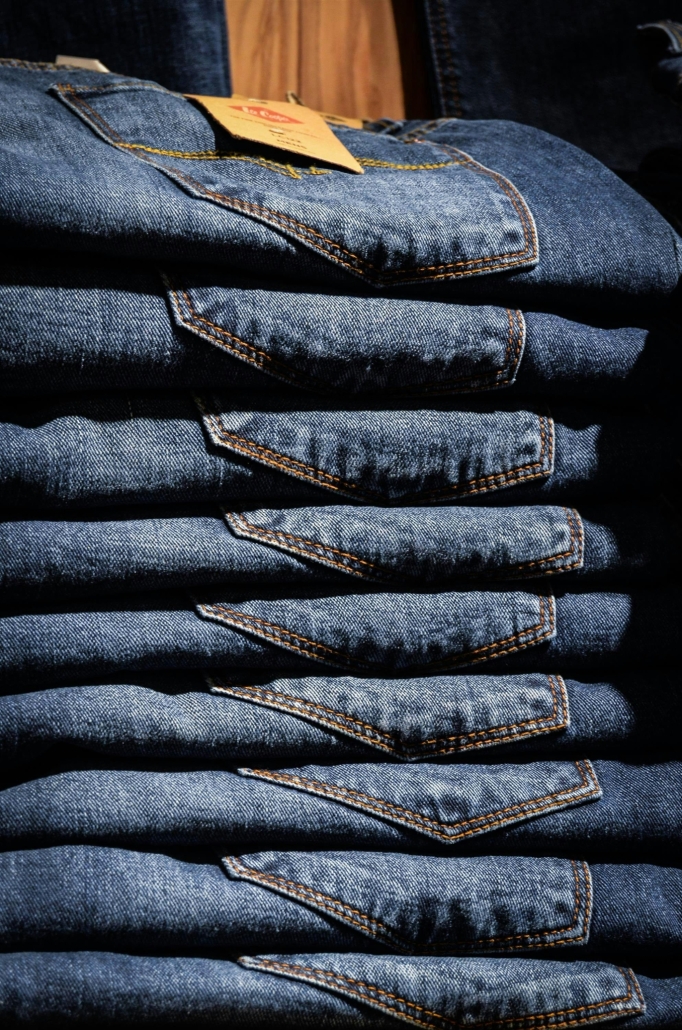How Your Clothing Purchases Affect the Climate: Facts You Should Know
Here are 10 facts about the fashion industry’s enormous resource consumption and its impact on the climate.
Facts About Clothing Production
1) Clothing is among the biggest environmental offenders in the EU
Clothing and textiles are the fourth most environmentally damaging consumption category in the EU, surpassed only by housing, transportation, and food.
2) The fashion industry accounts for 8-10% of global CO2 emissions
That’s more than the combined emissions from all international flights and maritime shipping.
3) A single T-shirt requires absurd amounts of water
Producing one T-shirt uses around 1,400 liters of water—enough to fill over 10 bathtubs.
4) Chemicals play a major role
On average, 3 kilograms of chemicals are used for every kilogram of cotton clothing produced. Many of these chemicals are harmful to both the environment and human health.

If we can reuse more clothing and prioritize necessity when shopping, we can easily reduce our clothing consumption.
5) Danes hold a world record in clothing purchases
The average Dane buys 10.9 kilograms of clothing and 2.3 kilograms of home textiles annually, making Denmark one of the countries with the highest clothing consumption per capita.
6) The fashion industry has significantly increased its production
In the past, 2-4 collections were released annually. Today, many brands release up to 24 collections each year.

We consume a lot of clothing in Denmark—likely more than necessary.
7) Textile waste comes at a high cost
Each year, approximately 677 tons of new clothing are incinerated in Denmark. This is equivalent to 2.7 million T-shirts.
8) Clothing production demands vast resources
On average, 15 kilograms of CO2 are emitted for every kilogram of textiles produced. Synthetic materials like polyester and nylon are particularly energy-intensive, as they are made from crude oil, natural gas, and coal.
9) The fashion industry uses millions of chemicals
Approximately 2,450 different chemicals are used in textile production, 1,150 of which are considered hazardous.
10) Fashion consumption is rising globally
Global consumption of clothing and shoes is expected to increase by over 60% by 2030, driven especially by the growth of the middle class.



